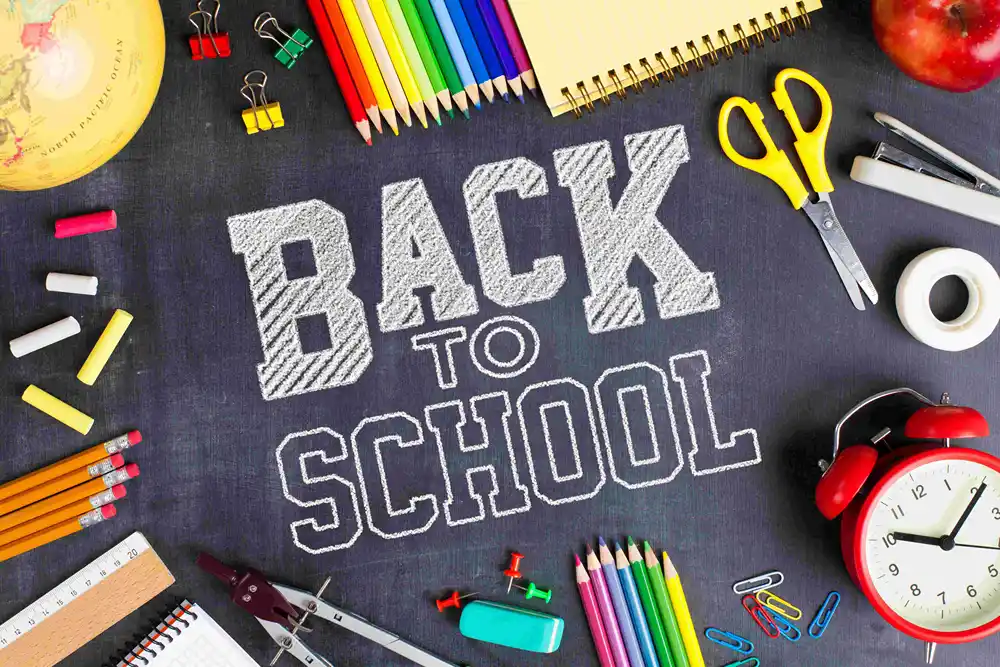Empower Your Child’s Journey: Choosing the Best Pediatric Wheelchair
You’re seeking the perfect pediatric wheelchair to boost your child’s independence and comfort. This guide provides essential insights on weight, adjustability, portability, safety and comfort to help you choose wisely.
Discover how to select a kids wheelchair that fits your child’s unique needs, ensuring long-term value. Explore practical tips to enhance your child’s mobility at home, school and beyond.
Finding the right wheelchair for kids is a pivotal step in supporting your child’s daily adventures, from navigating classrooms to enjoying park outings. Unlike adult models, pediatric manual wheelchairs are designed to meet a child’s specific needs, offering tailored features for growth and independence.
This guide explores critical factors—weight, frame adjustability, portability, safety and comfort—to help you select a kids wheelchair that empowers your child. Let’s dive into what makes these wheelchairs unique and how to choose one that fits your child’s lifestyle.
What Sets Pediatric Wheelchairs Apart
A pediatric wheelchair is crafted to support a child’s growing body and dynamic lifestyle, unlike adult wheelchairs, which prioritize static functionality. These wheelchairs, such as those in collections of pediatric manual wheelchairs, feature lightweight frames and adjustable components to adapt to growth spurts. Bright colors and smaller dimensions make them appealing and manageable for kids.
A kids wheelchair promotes independence by allowing children to self-propel or rely on caregiver assistance comfortably. This focus on adaptability ensures the chair remains functional over time, reducing replacement costs. By choosing a pediatric manual wheelchair, you provide your child with a tool for both physical support and emotional confidence.
Select Lightweight, Durable Frames
The weight of a wheelchair for kids directly impacts its usability. Pediatric models typically range from 25 to 38 pounds, much lighter than adult wheelchairs, which can exceed 50 pounds. Lightweight materials like aluminum balance durability with ease of movement, enabling children to propel their kids wheelchair with less effort. Rigid frames offer stability for active kids, while folding frames enhance portability for travel.
Consider your child’s strength: a self-propelling child benefits from a rigid, lightweight pediatric wheelchair, while a folding model suits families needing compact storage. A well-chosen frame ensures your child navigates their environment effortlessly.
Adapt to Growing Bodies
How can you ensure a pediatric manual wheelchair grows with your child? Adjustable features like seat width (10–16 inches), depth (8–16 inches) and backrest height are essential for maintaining comfort and posture. These adjustments prevent issues like pressure sores and support spinal alignment as your child grows.
Many wheelchairs for kids include customizable footrests and armrests to match height and positioning needs. Choosing a kids wheelchair with growth-friendly features extends its usability, saving you time and money. Consult a physical therapist to fine-tune these settings for a perfect fit.
Prioritize Portability for Flexibility
A portable pediatric wheelchair simplifies life for active families. Foldable pediatric manual wheelchairs fit easily into car trunks or public transport, making school commutes or outings manageable. Features like swing-away footrests and flip-back armrests streamline transfers and storage. Some wheelchairs for kids include transit tie-downs for safe travel on buses or vans.
Ask yourself: Do you need a kids wheelchair that folds quickly for daily trips or one sturdy enough for outdoor adventures? Lightweight models under 33 pounds with compact folding mechanisms offer flexibility without compromising durability. Portability ensures your child’s mobility extends beyond home.
Ensure Safety Builds Confidence
Safety is paramount in a pediatric wheelchair. Key features include:
- Pelvic belts and calf straps for secure positioning
- Anti-tippers to prevent backward tipping on uneven surfaces
- Flat-free tires for reliable traction across terrains
These elements protect your child and boost their confidence to explore independently. Sturdy brakes and adjustable handlebars allow caregivers to maintain control comfortably. Regularly inspect the kids wheelchair for wear to ensure safety features remain effective. A safe pediatric manual wheelchair empowers your child to engage in activities with assurance.
Boost Comfort for Daily Joy
Comfort transforms how your child experiences their wheelchair for kids. Padded seats, backrests and armrests provide essential support, while ergonomic designs reduce pressure sore risks. Tilt-in-space pediatric wheelchairs adjust the seat angle for pressure relief, ideal for children seated for long periods. Custom cushions, like gel or foam options, cater to specific needs, such as torso alignment.
For example, a child with limited upper body strength benefits from contoured cushions that stabilize posture. Vibrant designs make the kids wheelchair feel personal, boosting enthusiasm. A comfortable pediatric manual wheelchair enhances your child’s engagement in school and play.
Partner with Experts for Fit
Collaborating with healthcare professionals ensures the pediatric wheelchair fits your child perfectly. Occupational or physical therapists assess your child’s abilities, posture, and lifestyle to recommend the best wheelchair for kids. Resources on partnering with pediatric professionals can guide you in finding qualified therapists to support this process. They may suggest a tilt-in-space kids wheelchair for pressure relief or a lightweight model for self-propulsion.
Preparing for a consultation involves noting your child’s daily activities and challenges. For instance, does your child need a pediatric manual wheelchair for both indoor and outdoor use? Therapists also guide you through fitting processes, ensuring proper alignment. Their expertise ensures the pediatric wheelchair supports your child’s independence and health.
Explore Funding for Accessibility
Securing a pediatric manual wheelchair can involve navigating financial options. Many insurance plans cover durable medical equipment like a kids wheelchair, but requirements vary. A prescription or therapist’s evaluation is often needed to justify medical necessity. Nonprofits, such as local disability organizations, offer grants or refurbished pediatric wheelchairs for families.
Contact your insurer early to understand coverage details, and document your child’s mobility needs thoroughly. Community programs may provide loaner wheelchairs for kids during the approval process. Exploring these options ensures your child gets the right pediatric wheelchair without financial strain.
Invest in Lasting Mobility Benefits
A well-fitted pediatric wheelchair delivers long-term value for your child’s development. Adjustable features and durable construction in a kids wheelchair reduce the need for frequent replacements. For example, a pediatric manual wheelchair with a 250-pound weight capacity accommodates growth through multiple stages. This durability saves costs over time, allowing you to focus on your child’s needs.
Support an Active Lifestyle
Regular maintenance, like cleaning the frame and checking bolts, extends a wheelchair for kids’ lifespan. A well-chosen pediatric wheelchair fosters participation in school, social events and recreation. By investing in a kids wheelchair that balances functionality and growth, you empower your child to thrive in diverse settings with confidence.
Empower Your Child’s Future
Choosing the right pediatric manual wheelchair is about giving your child freedom to explore and connect. Focus on lightweight design, adjustability, portability, safety and comfort to find a wheelchair for kids that grows with them. Partner with experts and explore funding to make the process smoother. With the right pediatric wheelchair, your child gains confidence to navigate their world, from classrooms to accessible playgrounds, fostering joy and independence every day.








 Katie Brenneman is a passionate writer specializing in education, mental health, family lifestyle and online safety. When she isn’t writing, you can find her with her nose buried in a book or hiking with her dog, Charlie. You can follow her on
Katie Brenneman is a passionate writer specializing in education, mental health, family lifestyle and online safety. When she isn’t writing, you can find her with her nose buried in a book or hiking with her dog, Charlie. You can follow her on 

